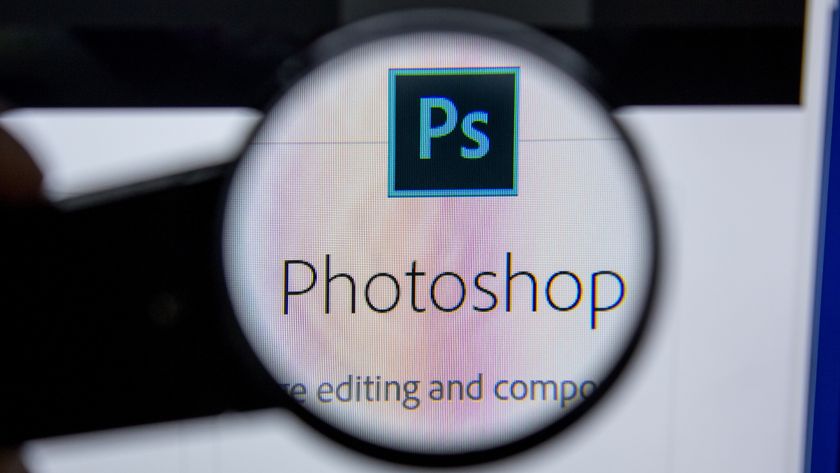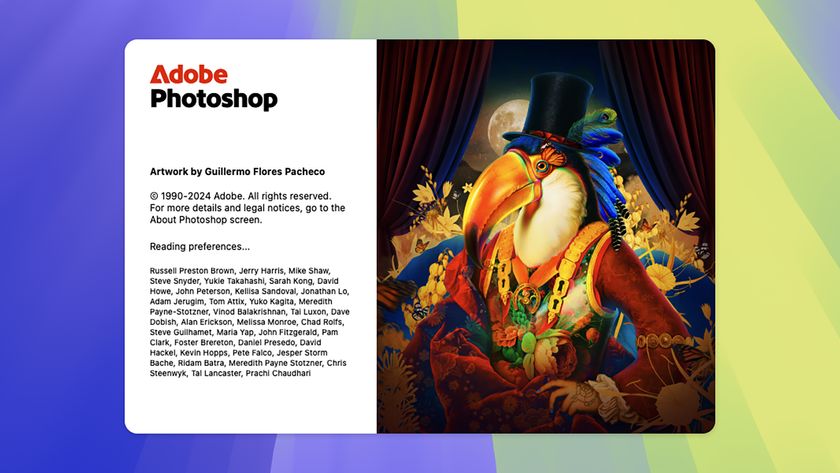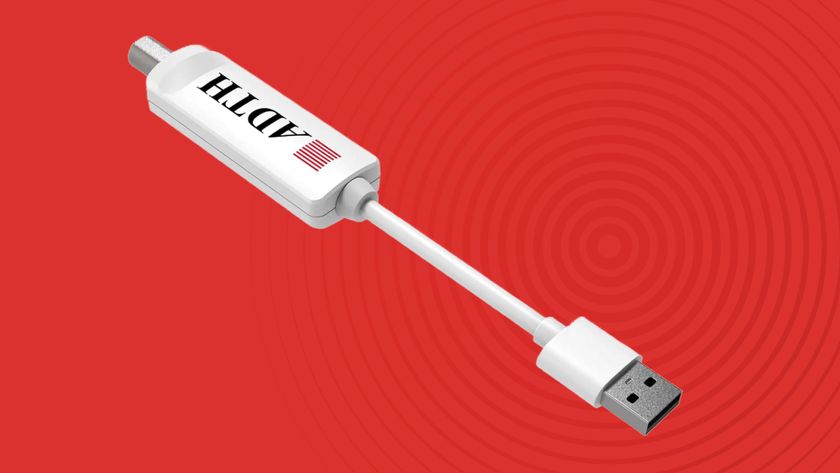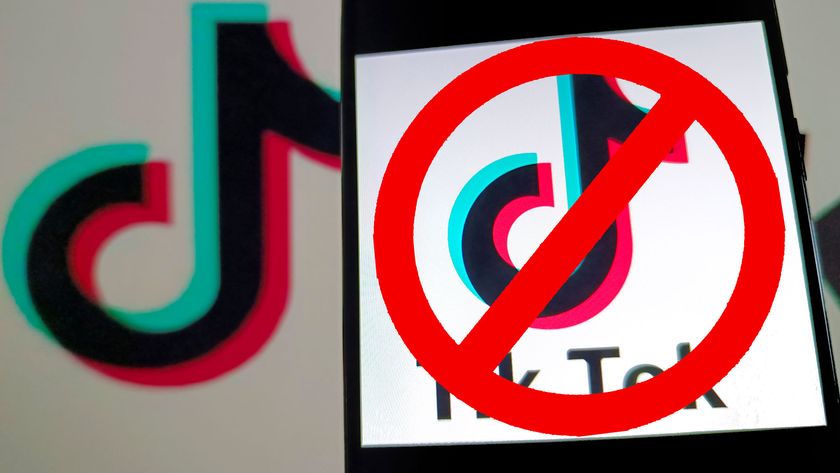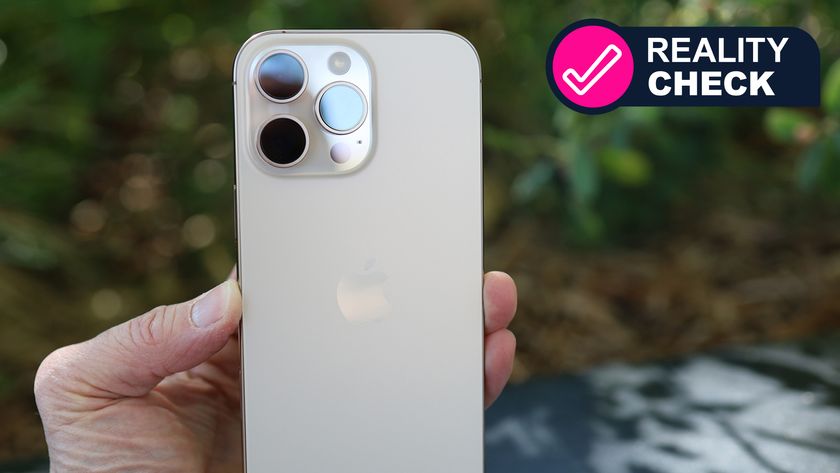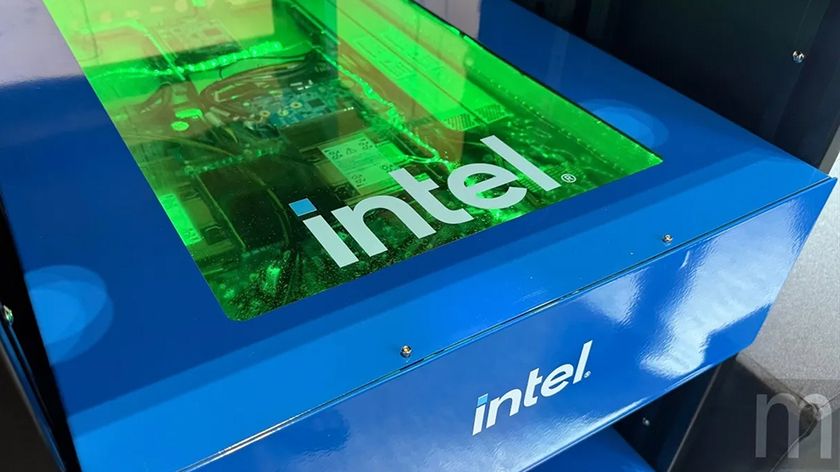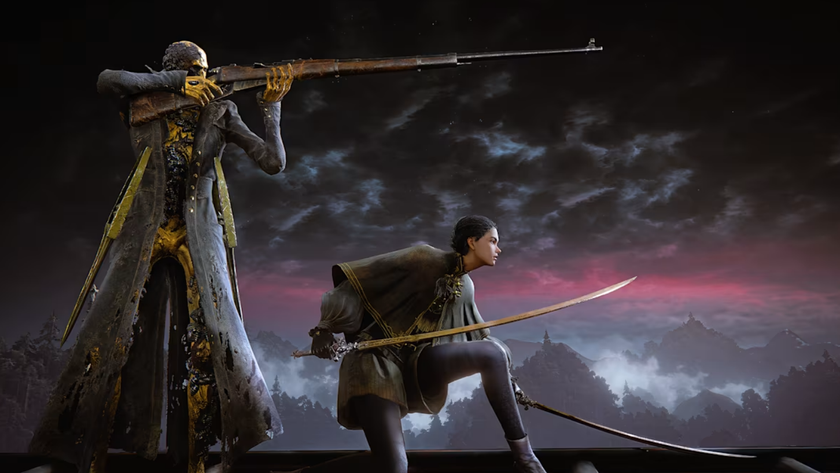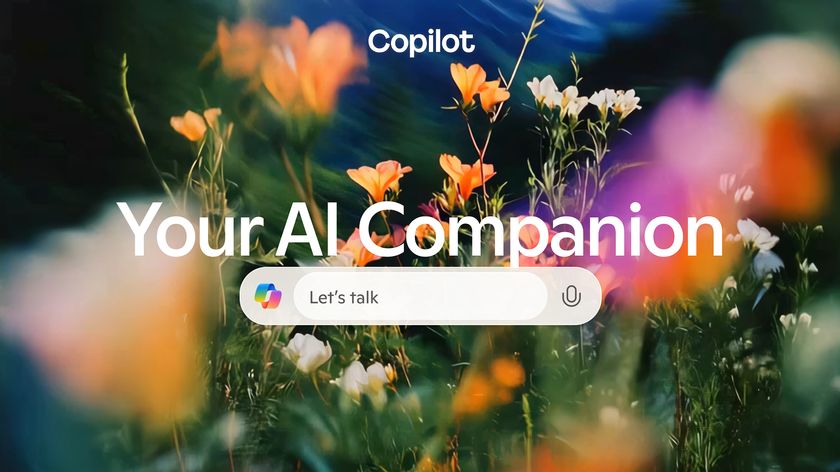Phase One updates its pro image-editing software and buys a camera company
Adobe is not the only option! Capture One Pro 9 meets Lightroom head-on with some important new updates
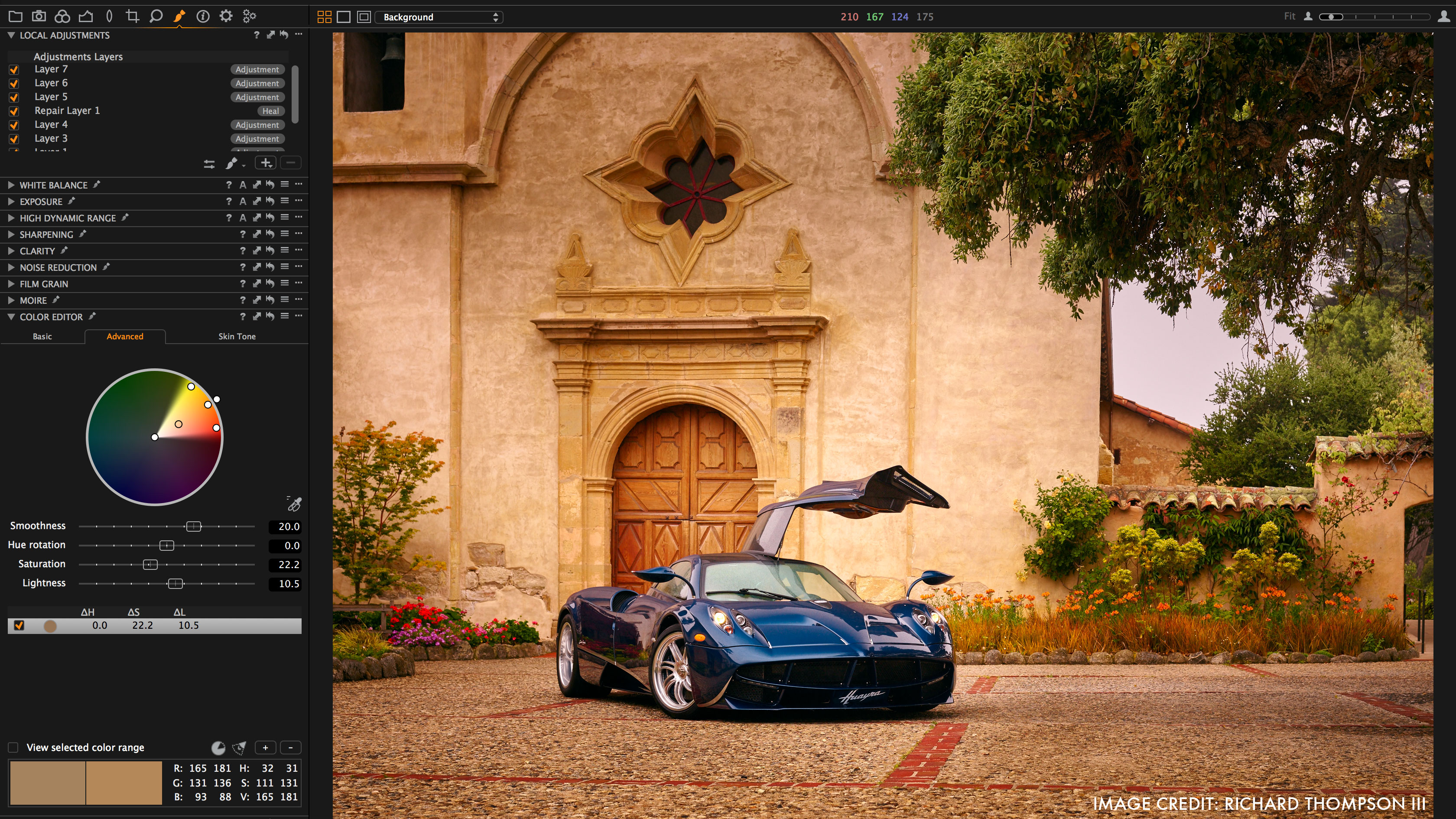
Capture One Pro 9 is a combined raw converter, image-editor and image cataloguing program, and if you think that makes it sound like Lightroom you'd be right.
It comes from a different direction, though, born out of Danish parent company Phase One's high-end studio photography business. Originally designed as a 'tethering' tool for the company's medium-format cameras so that they can be operated from a computer, it's evolved into a more general tethering tool for DSLRs too.
But even if you don't work in a studio, you can still use its powerful raw conversion and non-destructive editing. The quality of its raw conversions is often quite exceptional and its layer and mask-based editing tools are closer to those in Photoshop than Lightroom's are.
Today, Capture One Pro supports 400 different camera models, and you can find out if yours is supported by checking the Capture One Pro 9 supported cameras list.
New features in Capture One Pro 9
The latest version of Capture One Pro brings improvements to both the editing and image cataloguing tools.
Phase One says it has a completely updated 'contrast engine' – changes to the algorithms for color, saturation and contrast mean that everyday contrast adjustments don't shift saturation and hue values in the way that regular contrast tools do.
The Curves panel also has a new Luma mode, where contrast adjustment affect only the brightness values, not the color channels – a distinction that's easily overlooked in everyday photography, but important to quality-conscious experts.
Get daily insight, inspiration and deals in your inbox
Sign up for breaking news, reviews, opinion, top tech deals, and more.
The Color Editor has been revised to make it easier to use and it's now possible to make a mask from a color edit. Capture One Pro 9 also has a new Brush Pack which adds flow, airbrush, straight line brushing and 'brush linking' options for easier mask creation.
On the image cataloguing front, Phase One has reworked Capture One Pro's keywording tools. You can now add keywords directly to single or multiple images and manage keywords using keyword libraries generated automatically during a Session (where you're capturing images with a tethered camera) or in a catalog. Keywords can now be sorted, too.
Finally, Capture One Pro 9 now comes with three activations per standard licence, which is ideal for photographers who need to work on location or at more than one machine.
Availability and Pricing
Capture One Pro 9 is available now for the Mac and Windows and costs US$299. If you already have Capture One Pro 7 or 8 you can upgrade for US$99, and if you purchased Capture One Pro 8 since October 30, 2015, Phase One is offering period of grace period where you're exempted from the upgrade fee – customers should contact www.phaseone.com/support to have their keys upgraded.
Interestingly, Capture One Pro offers the Adobe payment model – by subscription. A single-user subscription is US$15 per month for a 12-month plan.
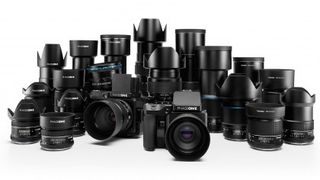
Oh, and Phase One just bought a camera company
Phase One has had a long association with the Mamiya Digital Imaging company (MDI), a brand familiar to long-time medium format film photographers, and took out a 45% stake back in 2009. Phase One has now taken over Mamiya completely, with "total ownership for all aspects of design and development of medium format camera systems, central shutters & lenses".
Medium format digital is an expensive step up from full frame cameras but essential for many professionals. The latest medium format digital cameras dwarf even the capabilities of the mighty Canon EOS 5DS – the Phase One XF camera system uses a sensor 2.5x larger than full frame to shoot 16-bit images (DSLRs stop at 14 bits) with 80 million pixels and 14 stops of dynamic range.
See also:

Rod is an independent photographer and photography journalist with more than 30 years' experience. He's previously worked as Head of Testing for Future’s photography magazines, including Digital Camera, N-Photo, PhotoPlus, Professional Photography, Photography Week and Practical Photoshop, and as Reviews Editor on Digital Camera World.
